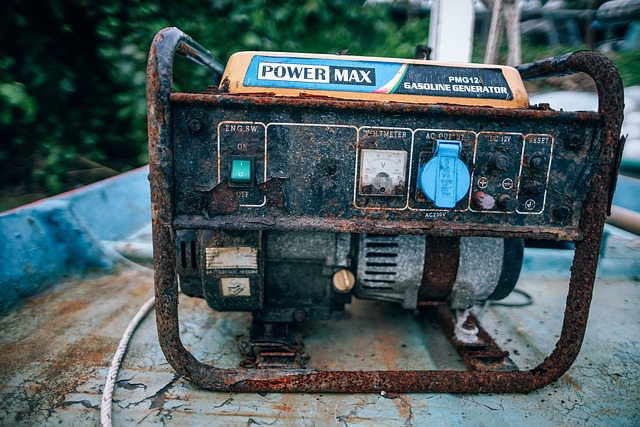1. Have a pre-sale home inspection. Be proactive by arranging for a pre-sale home inspection. An inspector will be able to give you a good indication of the trouble areas that will stand out to potential buyers, and you’ll be able to make repairs before open houses begin.
2. Organize and clean. Pare down clutter and pack up your least-used items, such as large blenders and other kitchen tools, out-of-season clothes, toys, and exercise equipment. Store items off-site or in boxes neatly arranged in the garage or basement. Clean the windows, carpets, walls, lighting fixtures, and baseboards to make the house shine.
3. Get replacement estimates. Do you have big-ticket items that are worn our or will need to be replaced soon, such your roof or carpeting? Get estimates on how much it would cost to replace them, even if you don’t plan to do it yourself. The figures will help buyers determine if they can afford the home, and will be handy when negotiations begin.
4. Find your warranties. Gather up the warranties, guarantees, and user manuals for the furnace, washer and dryer, dishwasher, and any other items that will remain with the house.
5. Spruce up the curb appeal. Pretend you’re a buyer and stand outside of your home. As you approach the front door, what is your impression of the property? Do the lawn and bushes look neatly manicured? Is the address clearly visible? Are pretty flowers or plants framing the entrance? Is the walkway free from cracks and impediments?




